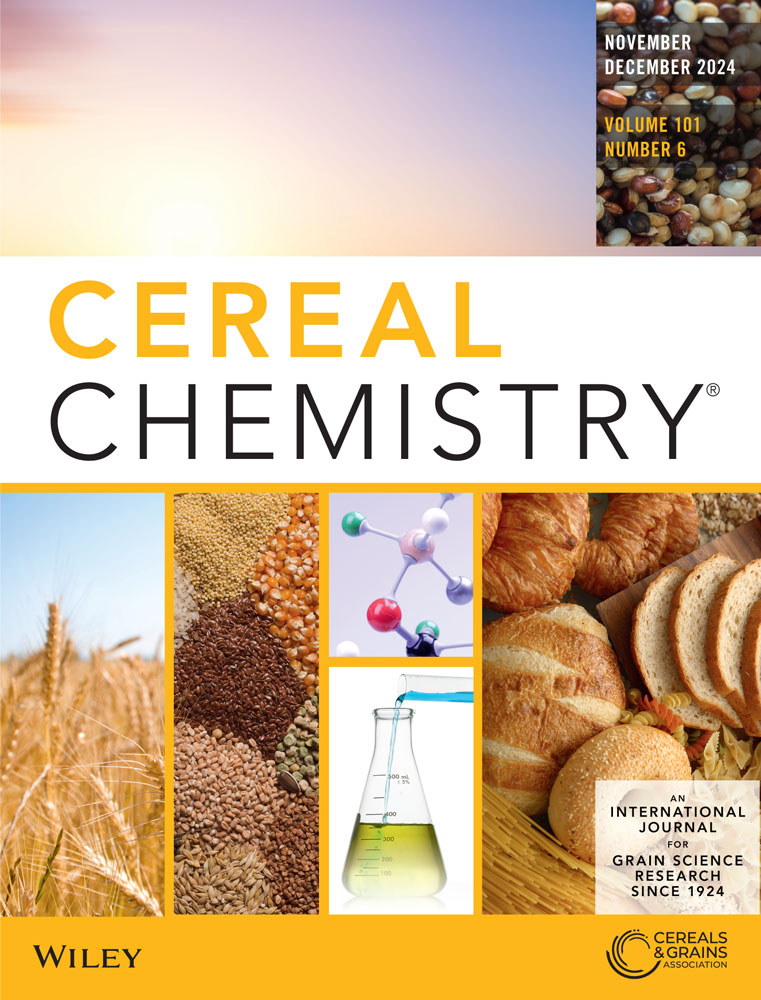Influence of refreshment varying flour and water on sourdough viscoelasticity and textural properties of bread
Abstract
Background and Objective
Sourdough involves spontaneous fermentation by wild yeast and lactic acid bacteria. This study investigates the effects of varying water and flour proportions on sourdough and formulated dough viscoelasticity and bread textural properties after a 7-day refreshment period. Daily, 20% or 30% water and 30% or 40% flour were added using refined or 20% fiber-enriched flour. The pH and titratable acidity of the sourdough were measured, while dynamic frequency sweep tests were conducted to assess the viscoelastic properties of both sourdough and formulated dough. Additionally, the textural parameters of bread were evaluated.
Findings
The pH of the sourdough was lower when refined flour was used, but total titratable acidity analyses indicated higher acidity with 20% fiber-enriched flour, demonstrating greater efficacy in this study. In the sourdough, G″ exceeded G′, indicating a more pronounced viscous behavior. Conversely, in the formulated dough, G′ was higher, suggesting greater elasticity. The treatment involving 20% water and 40% refined flour resulted in higher G′ and G″ values in both the sourdough and formulated dough. Meanwhile, the combination of 20% water and 30% refined flour produced bread with the highest specific volume and springiness, along with the lowest firmness, chewiness, and gumminess.
Conclusion
The best bread was achieved with 20% water and 30% refined flour for refreshment.
Significance and Novelty
This study provides insights for optimizing sourdough formulations, benefiting artisanal and industrial bread-making.

 求助内容:
求助内容: 应助结果提醒方式:
应助结果提醒方式:


